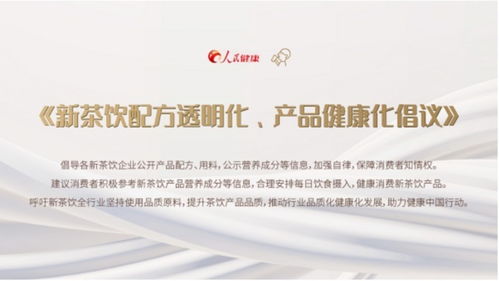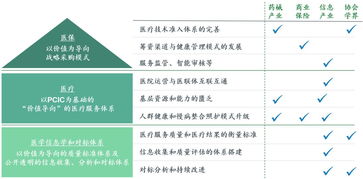Title: Understanding the Impact of Information Technology on Healthcare
In recent years, Information Technology (IT) has revolutionized the healthcare industry, bringing about significant advancements in patient care, administrative efficiency, and medical research. The integration of IT into healthcare systems has led to improved diagnosis and treatment, enhanced communication between healthcare providers, and better management of medical data. Let's delve into how IT, particularly IT39 (presumably referring to a specific IT system or technology), is contributing to the promotion of health and wellbeing:
1. Electronic Health Records (EHR):

IT39 likely encompasses Electronic Health Record (EHR) systems, which digitally store patients' medical histories, diagnoses, medications, treatment plans, immunization dates, allergies, radiology images, and laboratory test results. EHRs offer healthcare providers quick access to comprehensive and accurate patient information, facilitating betterinformed decisions regarding patient care.
2. Telemedicine:
Telemedicine, enabled by IT39, allows healthcare professionals to evaluate, diagnose, and treat patients remotely using telecommunications technology. Through video conferencing and mobile health applications, patients can consult with healthcare providers from the comfort of their homes, improving access to healthcare services, especially in rural or underserved areas.
3. Health Information Exchange (HIE):
IT39 may also involve Health Information Exchange (HIE) platforms, which enable the secure sharing of patient information between different healthcare organizations. HIEs facilitate care coordination among providers, reduce duplicate tests and procedures, and ensure continuity of care for patients transitioning between healthcare settings.
4. Clinical Decision Support Systems (CDSS):
IT39 could incorporate Clinical Decision Support Systems (CDSS), which provide healthcare professionals with evidencebased knowledge and patientspecific information to assist in clinical decisionmaking. CDSS analyze patient data to offer diagnostic suggestions, recommend appropriate treatments, and alert providers to potential drug interactions or adverse events, thereby enhancing patient safety and outcomes.
5. Health Monitoring Devices:
IT39 might encompass wearable health monitoring devices, such as smartwatches and fitness trackers, which collect and transmit realtime health data, including heart rate, blood pressure, physical activity, and sleep patterns. These devices empower individuals to monitor their health proactively, promote healthy lifestyle behaviors, and alert healthcare providers to potential health issues early on.
6. Precision Medicine:
IT39 plays a pivotal role in advancing precision medicine initiatives, which tailor medical treatment and prevention strategies to individual variability in genes, environment, and lifestyle. By leveraging big data analytics and genetic sequencing technologies, healthcare providers can identify optimal treatment approaches based on patients' unique genetic makeup and disease characteristics, leading to more personalized and effective healthcare interventions.
7. Health Analytics:
IT39 likely involves health analytics tools that analyze large volumes of healthcare data to derive insights into disease trends, treatment outcomes, and healthcare costs. Health analytics empower healthcare organizations to optimize resource allocation, improve operational efficiency, and identify opportunities for quality improvement and cost savings.
8. Cybersecurity and Data Privacy:
With the proliferation of digital health technologies, IT39 must prioritize cybersecurity measures to safeguard patients' sensitive medical information from unauthorized access, data breaches, and cyberattacks. Robust encryption protocols, access controls, and regular security audits are essential to maintaining patient trust and compliance with data privacy regulations.
In conclusion, IT39 represents a multifaceted approach to leveraging information technology to enhance healthcare delivery, improve patient outcomes, and promote population health. By embracing innovative IT solutions, healthcare organizations can overcome traditional barriers to care, empower patients to take an active role in their health management, and ultimately, achieve better health outcomes for individuals and communities alike.









